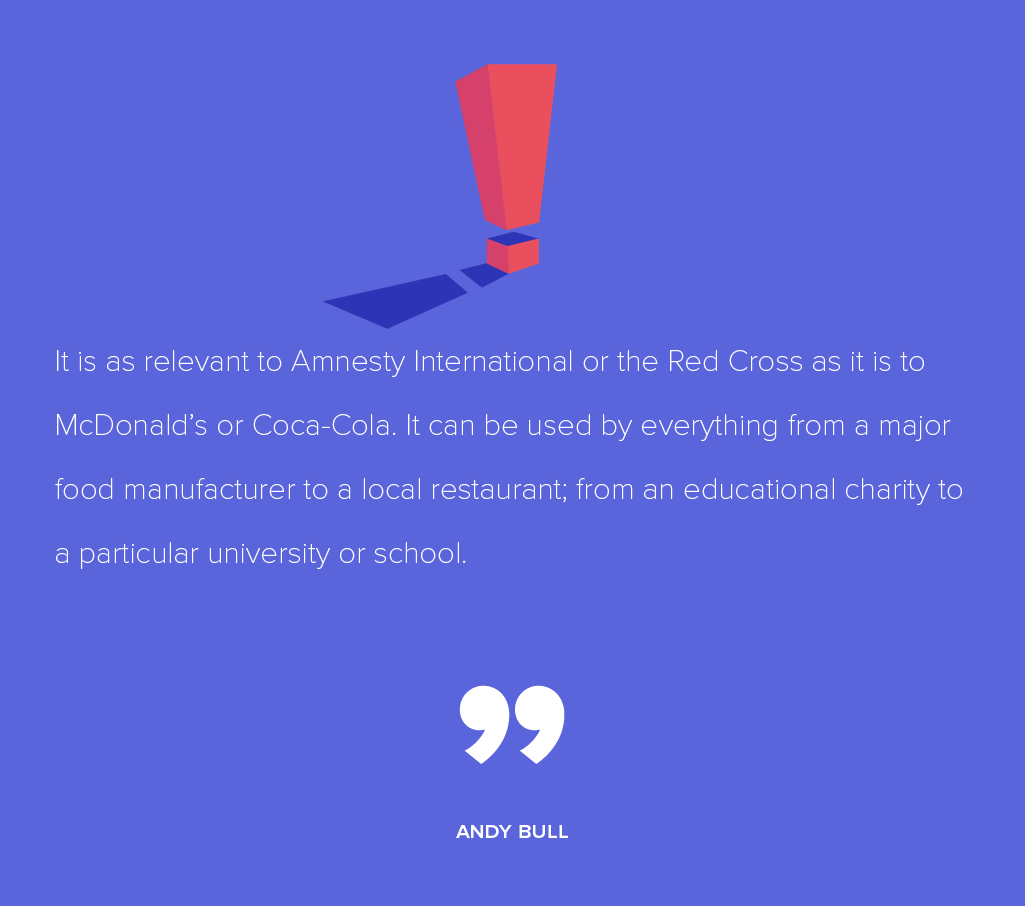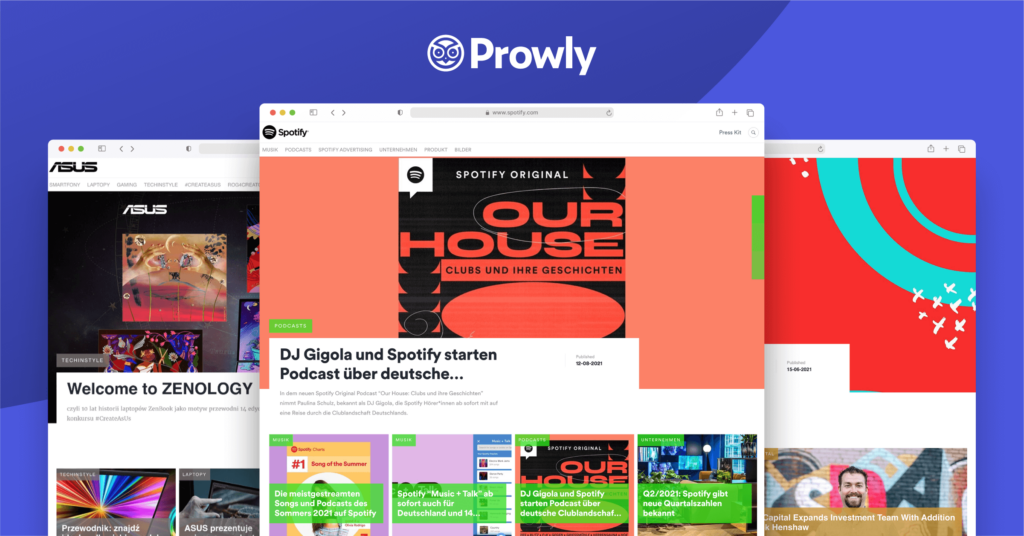Over the last couple of years, effective PR & marketing started to look more and more like publishing.
Large brands have already understood that creating their own content, similar to what media companies had been doing for ages, would deliver better results than paying to advertise around other people’s content. And they started to hire content writers, journalists, and above all, storytellers – people that understand the needs of a “reader”.
Brand journalism, corporate journalism, custom publishing, owned media – call it what you want, but it’s a trend you can’t miss. Here’s why.
- What is brand journalism – definition
- Brand journalism vs content marketing
- Brand journalism statistics
- Brand journalism examples
What is brand journalism – definition
These days, pretty much every company has some kind of a corporate blog. And there’s a good reason behind it. As Daniel Newman, the founder and president at Broadsuite, explains:
Consider the way we buy. Knowing that trust is the biggest factor in driving an online buyer from interested to a customer, brands have been trying to find a way to infuse trust in the consumer in a way that is non-intrusive and moreover helpful.
Put simply, brand journalism is the concept of a company creating content that covers their business or industry from a thought-leadership standpoint, in-house. Essentially, it’s marketing through journalism.
Instead of using content that directly promotes the brand through traditional marketing tactics, corporate journalism focuses on telling stories and offering informational content that highlights the value of the brand from a different perspective.
Here are some highlights from Ike Pigott’s (spokesman for Alabama Power) Demand Success presentation on what corporate journalism is:

Of course, there are different models of corporate journalism. Some companies create content in order to generate leads. For them, “news” is just another form of content, and it has to attract an audience of readers who might be converted into paying customers.
Others produce news as a kind of service to their customers. For them brand journalism is communicating without selling; they don’t expect a direct return on investment. The goal for them is brand awareness and using storytelling to create a new image of the company.
Brand journalism vs content marketing
How is brand journalism different than content marketing, then? Regardless of all “non-believers”, both content marketing and brand journalism are now recognized in the industry and academic terms and have been around in various forms for years.
Brand journalism has come out of the boom of branded magazines aimed at consumers. The continuously expanding list of (online) communication tools at the brand’s disposal to directly reach and interact with their customers didn’t hurt either, as it enabled picking the right content for what the customers are seeking at different stages in the business cycle.
What about content marketing? Michael Brenner (Senior Director, Global Marketing, SAP) defines it as:
Content marketing means delivering the content your audience is seeking in all the places they are searching for it. It is the effective combination of created, curated, and syndicated content.
Joe Pulizzi (The Content Marketing Institute) adds that content marketing is a marketing and business process for creating and distributing valuable and compelling content to attract, acquire, and engage a clearly defined and understood target audience – with the objective of driving profitable customer action.
In his opinion, that is the difference between content marketing and the other informational garbage you get from companies trying to sell you “stuff”. The buying process and the generating of leads are often the main arguments why you should not use these two terms interchangeably.
Stories written by brand journalists are meant to more strongly connect on a personal level and create a favorable impression of the brand. Its goal is to find and tell the stories that convey a brand’s “personality.”
Maria Perez, Director of Online Community Services for ProfNet and PR Newswire for Journalists highlights:
Consumers want more from companies than just products and services – they want to know companies care about them, about their goals, their dreams, and their lives. When done right, brand journalism allows companies to connect with consumers more personally than through a traditional ad.
Brand journalism statistics
If you’re still on the fence, here are some stats that prove the power of brand journalism:
• 80% of business decision-makers prefer to get company information in a series of articles versus an advertisement
• 70% say content marketing makes them feel closer to the sponsoring company
• 82% of consumers feel more positive about a company after reading custom content
• 90% of consumers find custom content useful, and 78 percent believe that organizations providing custom content are interested in building good relationships with them
• content marketing costs less than traditional outbound marketing. Statistics show that content marketing costs 62 percent less per lead than outbound marketing
Any brand, any kind of organization, or for any cause, can use brand journalism. Just like Andy Bull, journalist and educator, said:

If your company has a collection of topics that fills a missing niche for your consumers, create your own newsroom. Take a look at how Allegro, a European e-commerce giant, and Spotify did it with Prowly’s help.
Looking for more examples in the field of brand journalism? Adobe, American Express, Red Bull, and Coca-Cola. They all know how to do it.
Brand journalism examples
Usually, companies that embrace brand journalism use interviews and article-based websites that provide journalistic information to support their offerings. But corporate journalism comes in different shapes and sizes, for example:
- Backing America’s Backbone by U.S. Cellular
- HSBC News and Insight from HSBC Holdings
Still, some brands like Heineken seemed to have taken brand journalism to the next level and understood that it’s not only about creating great content; it’s more about presenting it right.
That’s precisely what Heineken did with its 80-page long sustainability report – not only did they publish it on their blog for the very curious ones, they also asked a Dutch rapper, Kevin ‘Blaxtar’ de Randamie, to read it and express it in his own words. Their 2-minute video is not only full of information – it is also presented in an accessible way.
Another great example of how Heineken has mastered the skill of storytelling through videos is their annual project called ‘The Orange Experience.’
In cooperation with the Dutch airlines KLM, they give their customers a chance to experience what the Netherlands has the best to offer – a nationwide celebration of their King’s birthday known as Kingsday. Their yearly videos from Kingsday celebrations, which engage Heineken’s customers and then are shown to the whole world, regularly attract masses to their YouTube channel.
Lesson learned: Instead of creating lengthy content that not many are going to read, show it. Start telling stories and your audience will follow.
Ready to try brand journalism yourself?
These examples show that storytelling through various means of communication is a great opportunity for PR specialists who want to build trust and connect with their audience.
No matter what you call it, ultimately, the goal here is to help companies publish and distribute their own stories to attract and retain customers, and to create valuable, compelling information that is useful to prospects and customers.
If you want to try incorporating brand journalism into your PR strategy, check what Prowly has to offer. It’s an all-in-one workflow automation solution for PR professionals that supports users in storytelling, creating aesthetically pleasing press releases, maintaining journalist-friendly newsrooms, and more.

Cover image by Patrick Fore


